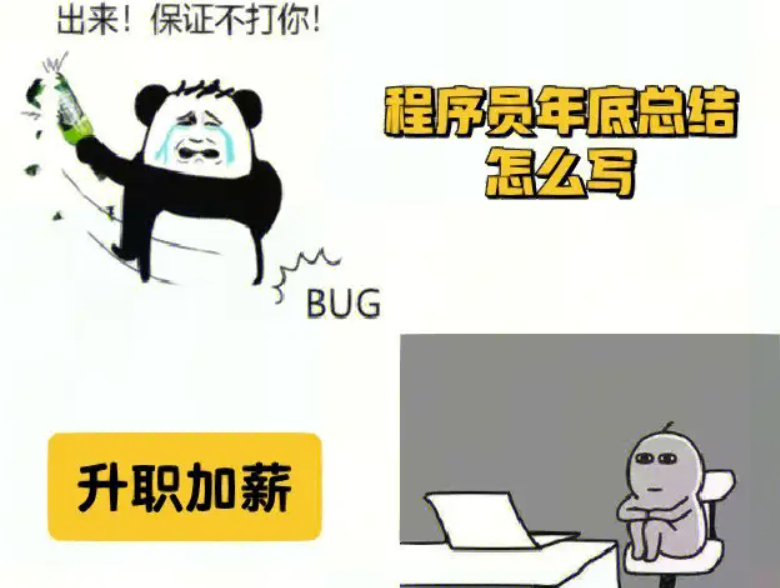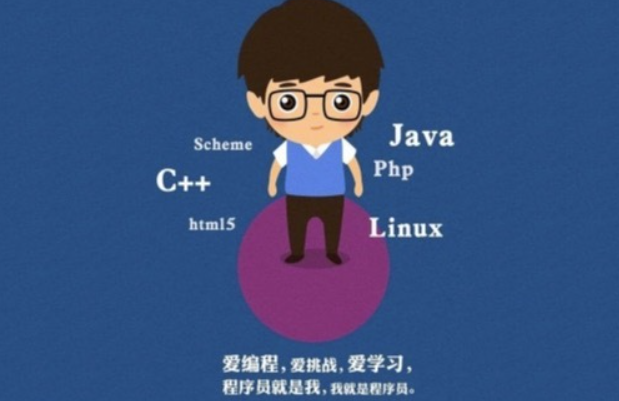在多线程环境中,如果多个线程调用 Dequeue 方法并读取相同的 result,会导致数据竞争和不一致的结果。为了避免这种情况,可以采取以下几种方法来确保线程安全。
1. 使用 std::shared_mutex
如果多个线程可以同时读取而只有一个线程可以写入,可以考虑使用读写锁(例如 std::shared_mutex)来管理对队列的访问。下面是如何实现:
#include <atomic>
#include <memory>
#include <mutex>
template<typename T>
class LockFreeQueue {
public:
bool Dequeue(T*& result) {
std::unique_lock<std::shared_mutex> lock(mutex_); // 独占锁
Node* tail = _tail.load(std::memory_order_relaxed);
Node* next = tail->Next.load(std::memory_order_acquire);
if (!next) {
return false; // 队列为空
}
result = next->Data;
// 更新尾部指针
_tail.store(next, std::memory_order_release);
delete tail; // 清理已移除节点所占用的空间
return true;
}
private:
struct Node {
T* Data;
std::atomic<Node*> Next;
};
std::atomic<Node*> _tail;
mutable std::shared_mutex mutex_; // 保护访问的互斥量
};
2. 返回值而非通过引用修改
你可以让 Dequeue 方法返回结果,而不是通过引用传递参数,这样每个线程都会有自己的结果副本。例如,您可以使用指针或智能指针:
#include <optional>
template<typename T>
class LockFreeQueue {
public:
std::optional<T*> Dequeue() {
Node* tail = _tail.load(std::memory_order_relaxed);
Node* next = tail->Next.load(std::memory_order_acquire);
if (!next) {
return std::nullopt; // 队列为空
}
T* result = next->Data;
// 更新尾部指针
_tail.store(next, std::memory_order_release);
delete tail; // 清理已移除节点所占用的空间
return result; // 返回结果指针
}
private:
struct Node {
T* Data;
std::atomic<Node*> Next;
};
std::atomic<Node*> _tail;
};
3. 使用智能指针
考虑到资源管理,可以使用智能指针,例如 std::unique_ptr<T> 或者 std::shared_ptr<T> 来自动管理内存。在这种情况下,您需要小心以确保不会出现双重释放。
示例:
#include <memory>
template<typename T>
class LockFreeQueue {
public:
std::unique_ptr<T> Dequeue() {
Node* tail = _tail.load(std::memory_order_relaxed);
Node* next = tail->Next.load(std::memory_order_acquire);
if (!next) {
return nullptr; // 队列为空
}
auto result = std::make_unique<T>(*(next->Data));
// 更新尾部指针
_tail.store(next, std::memory_order_release);
delete tail; // 清理已移除节点所占用的空间
return result; // 返回独占所有权的智能指针
}
private:
struct Node {
T* Data;
std::atomic<Node*> Next;
};
std::atomic<Node*> _tail;
};
总结
以上方法都是为了解决多线程环境下的数据一致性问题,根据你的具体需求选择合适的方法。如果操作频繁且性能要求高,请仔细评估不同方案对性能和复杂度的影响。同时,在多线程程序中调试和验证非常重要,以确保没有潜在的数据竞争问题。
内容由零声教学AI助手提供,问题来源于学员提问




















